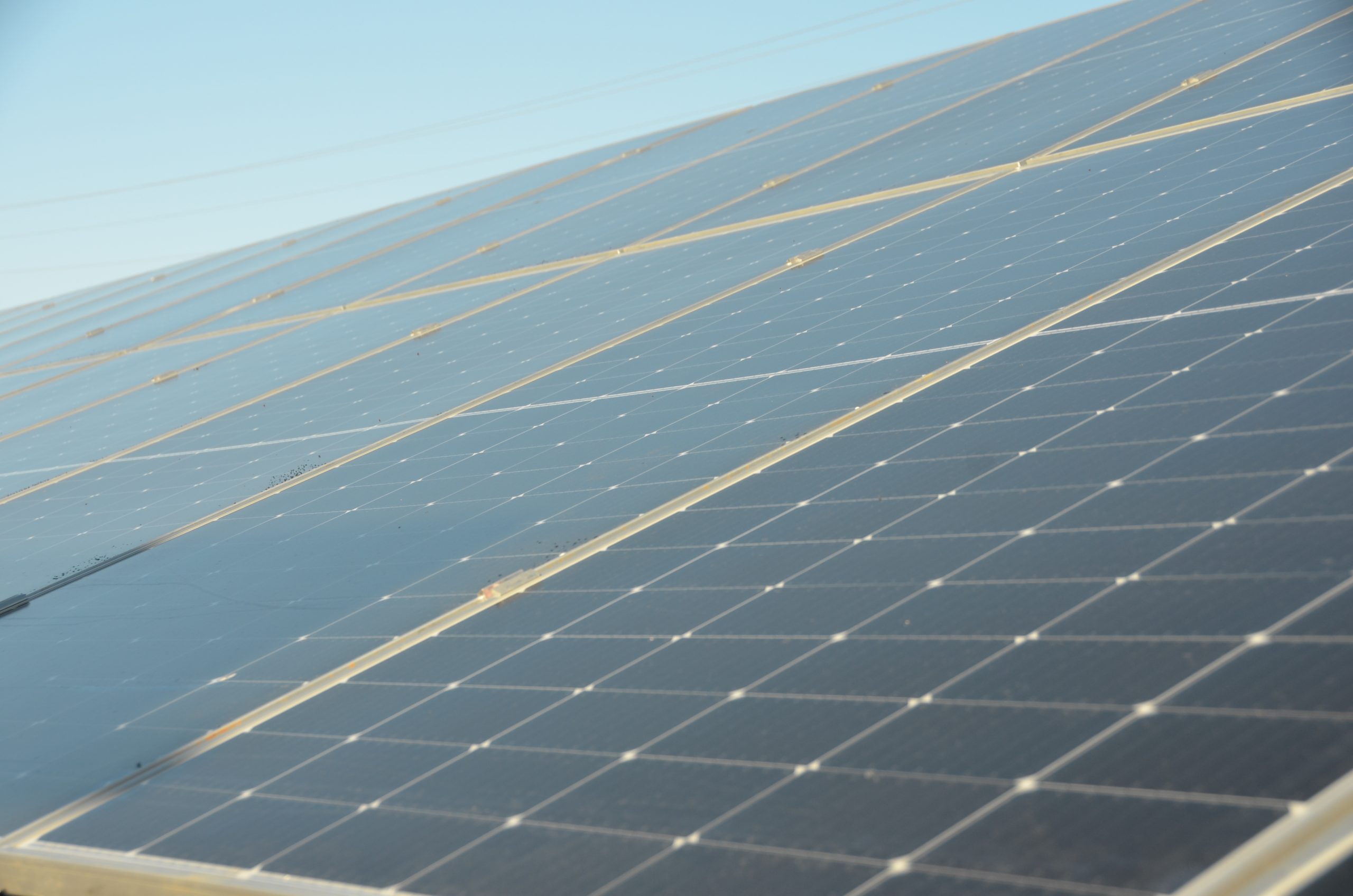
Last Updated on April 22, 2024 by Anne Brock
Now 54 years after the first Earth Day, choosing the scope of your solar installation and how much battery storage to accompany it has become as mainstream now as any other business decision. (How can Solar Alliance help?)
Just how much have the science and scale of photovoltaics evolved since April 22, 1970? Let’s take a look.
1950’s Research and Development
Nearly two decades before the first Earth Day, Bell Labs was touting its development of the first solar cell made from silicon. This was a leap ahead of previous research on photovoltaics using selenium as the material needed for conductivity. The discovery that silicon could better convert sunlight into electricity led to enough efficiency of solar cells that they were being demonstrated to the public by the mid 50s. This was still just around six percent efficiency.
April 22, 1970 First Earth Day
By the time Walter Cronkite announced the newscast titled Earth Day: A Question of Survival on the first Earth Day, there were a variety of novel versions of solar cell technology. You can see many of them pictured in the Museum of Solar Energy’s archives.
1972 Opening of the Institute of Energy Conversion
The demonstration house called Solar One became the first-of-its kind house powered by the sun. Behind it was Physicist Karl Boer at the University of Delaware. Solar One was a hand-built concept house with solar cells integrated into its roof design. The IEC at the university conducted research on thin-film photovoltaic technology.
1974 Federal Government Research Enlisted
Federal mandates and dollars began to back up calls for research and development of solar technology. The “Solar Energy Research, Development, and Demonstration Act – Expresses the findings of Congress and declares that it is the policy of the United States to pursue a vigorous and adequately funded program with the objective of utilizing solar energy as a major source for our national energy needs.”
Solar PV Efficiency Today
Solar cells have more than tripled in efficiency since those 1950’s research projects. The National Renewable Energy Laboratory keeps track of the world’s most notably efficient PV technologies. Silicon remains the preferred conductive material that yields over 20% efficiency. Federal research continues to improve how well the materials work in solar modules or panels. For now, a monocrystalline silicone cell is going to be the most efficient choice for a commercial solar project module. Research continues on alternative conductive materials for solar PV.
The U.S. government’s SunShot 2030 is an initiative to make solar PV more attainable and more widely used. A special emphasis is on the ability to have utility-scale solar for supporting the nation’s energy needs.
The Solar Energy Industries Association reports that solar added a record 32.4 gigawatts of new electric generating capacity for the U.S. in 2023 alone. The trend continues toward higher efficiency and lower cost of solar compared to conventional energy rates.
Hear how solar fits for manufacturing facilities.
See here how federal energy grants benefit small businesses that want to add solar.
865-309-4674
